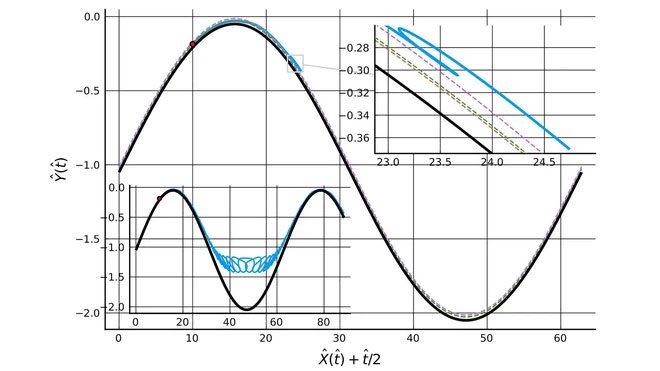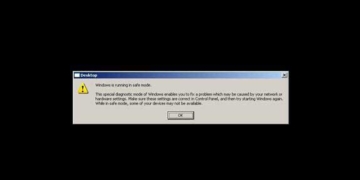Although handwashing has long been proven effective in combating the spread of diseases and infections, the physical principles behind this action have rarely been thoroughly studied. It was only recently that researchers from Hammond Consulting Limited provided a description of a simple model that captures the core mechanism of handwashing.
By simulating the handwashing process, they estimated the duration for which particles, such as viruses and bacteria, are removed from the hands.

A case of particle movement. It starts as a red dot on the surface of the hand (the wavy black line). It follows the blue path, escaping the hand and then moving freely through the liquid used for washing hands.
The mathematical model operates in two dimensions, with one wavy surface moving across another wavy surface, and a thin fluid membrane between the two dimensions. The wavy surfaces represent the hands, as they appear rough when viewed at a small spatial scale.
Particles are trapped on the rough surface of the hand, in “potential wells.” In other words, they are at the bottom of a valley, and to escape, the energy from the flowing water must be sufficient to lift them up and out of the valley.
The strength of the flowing liquid depends on the speed of the hand movements. Stronger flows will more easily remove particles.
“Essentially, the flow tells you about the force acting on the particles,” said study author Paul Hammond. “Then you can figure out how the particles move and whether they are removed.”
He likened this process to scrubbing a stain out of a shirt, meaning that the faster the movement, the easier it is for the stain to come off.
Hammond stated: “If you move your hands too gently, too slowly relative to each other, the force generated by the flowing liquid will not be strong enough to overcome the force holding the particles down.”

Handwashing requires at least 20 seconds, whether or not soap is used.
Even when particles are removed, the process does not occur quickly. Typical handwashing guidelines, such as those from the Centers for Disease Control and Prevention (CDC), recommend washing hands for at least 20 seconds under running water.
The results from Hammond’s model support this view. It takes at least about 20 seconds of vigorous hand movement to dislodge potential viruses and bacteria.
The aforementioned model does not consider the chemical or biological processes that occur when using soap. However, it suggests that the mechanism for removing physical particles from hands could provide clues for creating more effective, environmentally friendly soaps.
Hammond remarked: “Today, we need to think more carefully about what happens to cleaning chemicals when they go down the drain and enter the environment.”
Hammond noted that this is not the whole story about handwashing, but it answers important questions and lays the groundwork for future research.





















































